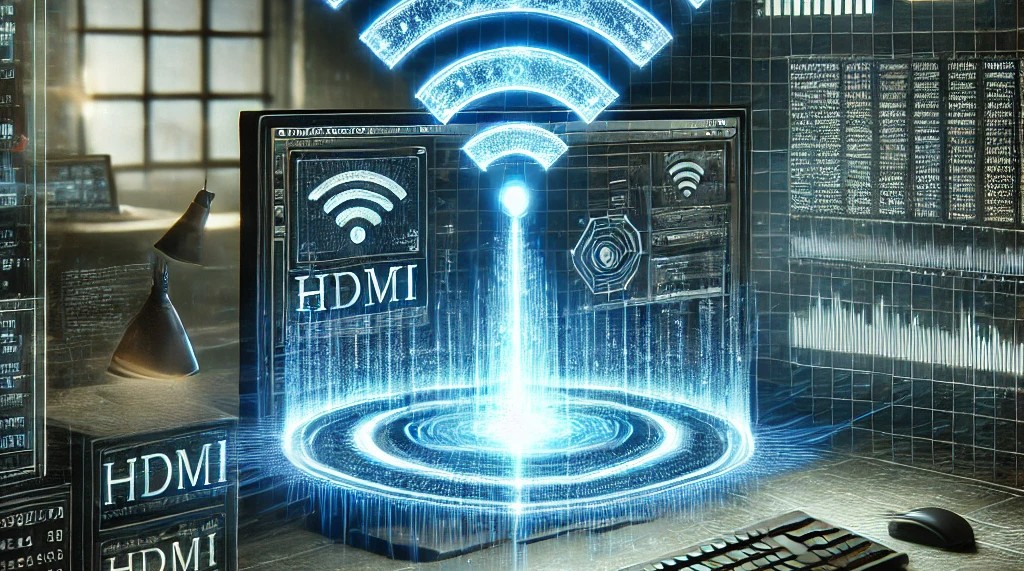Hackers Can Wirelessly Access your HDMI Radiation! Oh My!
Watch Your Display via HDMI Radiation: A New Security Threat
In the realm of cybersecurity, a new and alarming technique has emerged, combining wireless electromagnetic (EM) monitoring and artificial intelligence (AI) to intercept video signals via HDMI radiation. This method, uncovered by researchers from the University of the Republic in Montevideo, Uruguay, reveals vulnerabilities in HDMI cables that were previously considered secure due to their wired nature and digital encryption.

The Research Finding
The researchers demonstrated that AI models could be trained to interpret the subtle electromagnetic fluctuations emitted by HDMI cables. Despite HDMI’s status as a wired standard with encryption (thanks to the HDCP system), the EM signals can be intercepted and decoded to reveal the transmitted video content. The team published their findings on Cornell’s ArXiv platform, highlighting the potential for this method to read text on a screen with up to 70% accuracy.
Implications and Potential Risks
This technique, termed “Deep-TEMPEST” by the researchers, significantly advances the concept of EM surveillance, which dates back to espionage tactics used during World War II. The ability to intercept HDMI signals wirelessly without physical access to the target system poses a serious threat, particularly to government agencies and large corporations handling sensitive data.
While this method’s sophistication means it is unlikely to affect everyday users, it underscores the need for robust EM shielding measures, especially for organizations with employees working remotely.
Protective Measures and Recommendations
Given the potential risks, it is crucial for entities handling sensitive information to consider implementing EM shielding to protect against such surveillance techniques. This may include using shielded HDMI cables or enclosing systems in EM-blocking materials.
Final Thoughts
As AI continues to evolve, so do the methods employed by cybercriminals and state-level spies. Staying informed about these emerging threats is vital for developing effective countermeasures and safeguarding digital assets.
